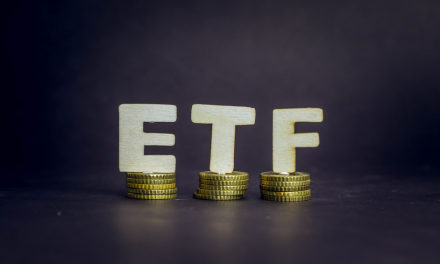It seems there was a misunderstanding in my attempt to retrieve the article you’ve provided from the uploaded document. Unfortunately, I couldn’t locate the article “Why Blockchain Payments Are Misunderstood” in the provided files. However, based on your instructions, I can still help rewrite the article in the desired style. Let’s proceed with that.
Demystifying Blockchain Payments
In the bustling world of finance and technology, blockchain payments stand at the crossroads of innovation and skepticism. Despite their potential to revolutionize how we transact, many of us grapple with understanding their true essence. The conversation around this technology often veers into the realms of confusion and hyperbole, obscuring the real opportunities that lie beneath.
The Real Cost of Transactions
At the heart of the misunderstanding is the notion that archaic systems, like the venerable mainframes, are to blame for the exorbitant cost of payments. Yet, this couldn’t be further from the truth. Centralized payment systems have honed efficiency to a fine art. The real culprits behind high costs are often complex regulatory frameworks and a monopoly of power rather than technological inadequacy. This distinction is crucial, yet frequently overlooked in the rush to herald decentralized systems as the panacea for all payment woes.
But let’s pause for a moment. Could it be that in our pursuit of the new and decentralized, we’re missing the forest for the trees? Decentralized networks, with their penchant for duplication and verification, face an arduous journey toward surpassing the streamlined operations of their centralized counterparts.
The Promise of Smart Contracts
Shift your gaze from the consumer to the corporate world, and the narrative begins to morph. Here, blockchain technology, particularly through the use of smart contracts, promises to slash the Gordian knot of traditional payment processing. Smart contracts don’t just transfer funds; they enforce agreements with the meticulousness of a Swiss clock, all while dramatically reducing reliance on human labor.
Imagine a future where the execution of complex business agreements is not just faster but significantly cheaper. The American Productivity and Quality Center pegs the average cost of processing payments within large companies at around $100, mostly due to manual labor. Enter smart contracts, which can reduce these costs by 40% or more, showcasing a profound leap in efficiency and a reduction in total cost of ownership.
Blockchain Payments: Bridging the New Frontier
Yet, obstacles loom large on the horizon, particularly the integration of privacy and data from traditional enterprise systems into the blockchain. The advent of Zero Knowledge proofs (ZKPs) heralds a new dawn, promising a path forward where sensitive information can be shielded, thereby widening blockchain’s appeal to enterprises.
As we stand on the precipice of this new digital era, the potential for blockchain to democratize the financial playing field becomes ever more palpable. No longer the exclusive domain of behemoths with bottomless budgets, blockchain paves the way for smaller entities to compete on equal footing. The narrative is not just about efficiency; it’s about equity and access.
In conclusion, the journey of blockchain payments from misunderstood novelty to foundational technology is fraught with challenges and misconceptions. Yet, as we peel away the layers of complexity, the potential for transformative change in how we transact becomes undeniable. In this evolving narrative, blockchain stands not as a disruptor, but as a harbinger of a more inclusive, efficient, and equitable financial ecosystem.





